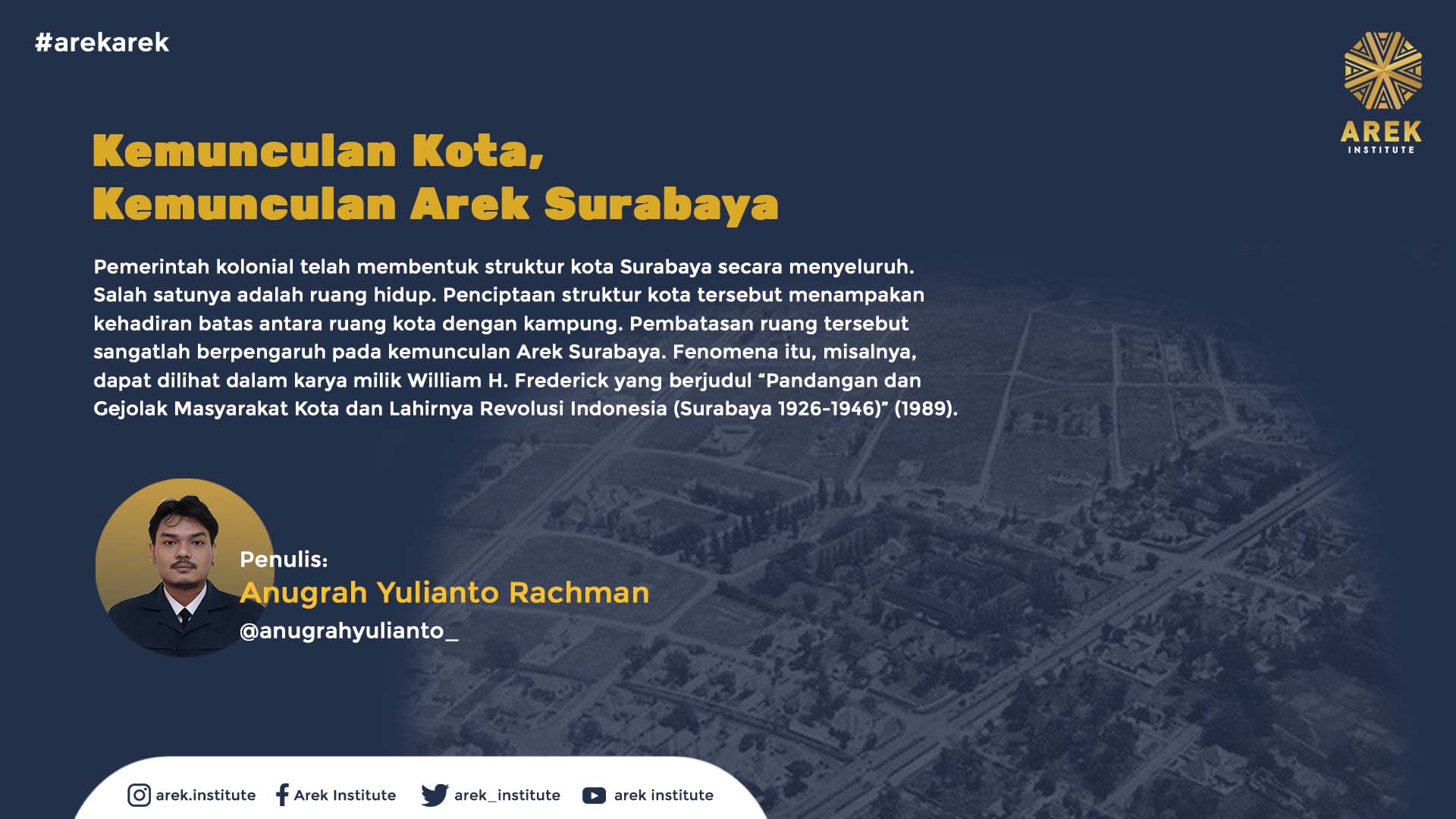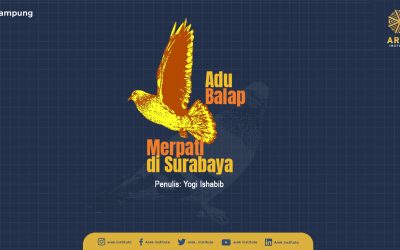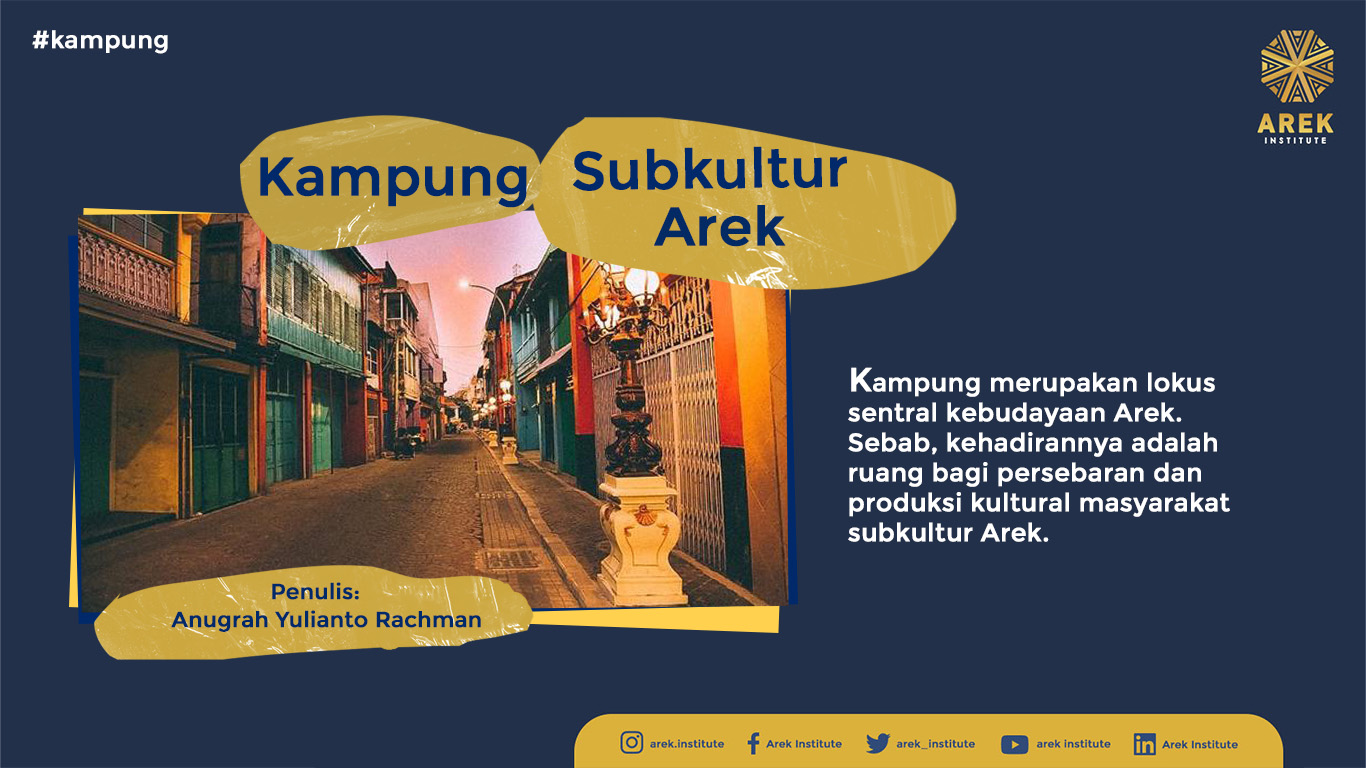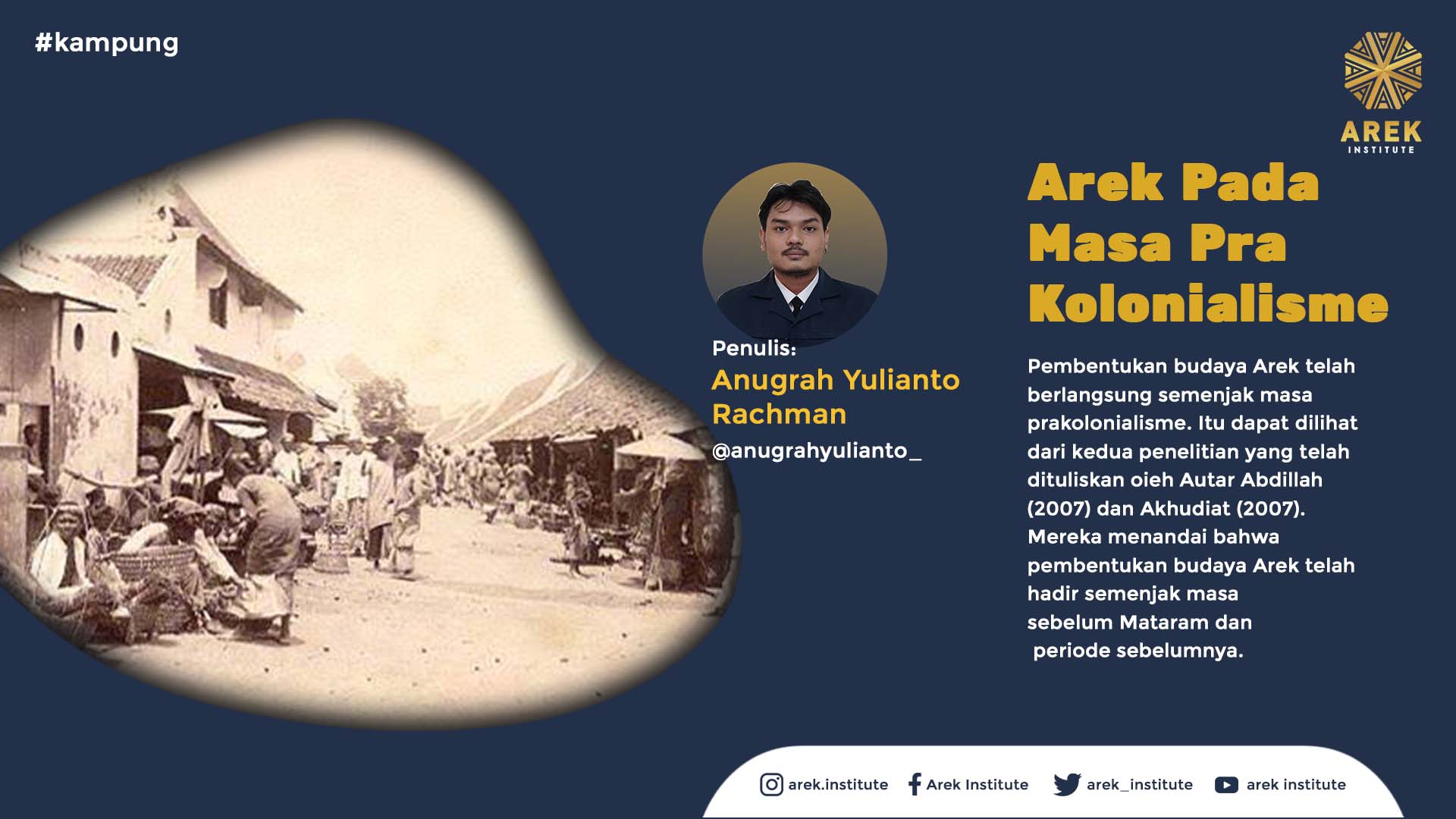
Colonialism has shaped the structure of the city of Surabaya, including the aspect of living space. The creation of this city structure has led to the emergence of a boundary between the urban area and the village. This spatial limitation significantly influenced the emergence of Arek Surabaya. For instance, this phenomenon is explored in William H. Frederick’s work titled “City Views and Turmoil: The Birth of the Indonesian Revolution (Surabaya 1926-1946)” (1989).
Frederick traces the history of Surabaya, starting from 1906, a period marked by decentralization due to ethical political policies. This led to the colonial government transforming the city into a Gemeente (Municipality).
Unfortunately, the transformation of Surabaya into a Gemeente further exacerbated inequalities for Arek Surabaya at the time. These inequalities stemmed from the division between Europeans and natives (inlanders), granting special rights to European residents. Although Arek Surabaya and Europeans lived within the same city boundaries, the native residents did not enjoy equal rights as city dwellers.
Moreover, the shift in governance led to rapid modernization in city development, such as the construction of modern ports, clean water purification systems, electric tram transportation, and paved roads. On one hand, Arek Surabaya, as city residents, became “outsiders.” For example, they lived in different land categories from the Europeans.
This difference in land categories is evident in the living spaces of Europeans. It emerged from the distinction between European elite residences and those of the natives. The Darmo area, for instance, was an elite residential complex for Europeans, developed with amenities like zoos, wide asphalt roads, and luxurious houses. In contrast, Arek Surabaya had to settle in spaces within the city that were untouched by municipal development, termed as villages. The natives had to build their civilization and culture within these environments.
Although the concept of a village may seem similar to that of a rural area, they differ in social cohesion and population density. Frederick highlights the social bonds within these village communities, rooted in the background of Arek Surabaya.
Frederick views Arek Surabaya not as a unified ethnic or social group but as migrants and settlers who share a common outlook and tradition, characterized by courage, realism, and material progress. This distinction is not only related to social cohesion in the villages but also marked by differences in living spaces between the village and the city.
Villages within Surabaya are directly bordered by the urban areas of the city. These boundaries are visible and clear, such as large walls, paved roads, or large buildings in European residential areas. All these physical objects have created a separation between village and urban spaces.
In specific cases, such as in 1929, Arek Surabaya was given living space in the Keputran area. The colonial government observed that village life had become increasingly crowded, so the native population needed to be provided with more suitable living spaces. However, the population density could not compete with the concrete jungle in Surabaya, such as restaurants, shops, hotels, and large houses owned by the Dutch.
The Keputran settlement case proves that the relationship between villages and urban areas has created visible boundaries (tangible-border). This marks the peripheral living space of Arek Surabaya. Even in 1921, the Dutch government was already aware of the need to relocate villagers from business centers and Dutch residential areas to more peripheral locations.
The creation of living space boundaries between the village and the city in the Keputran case is a manifestation of the emergence of Arek Surabaya based on the binary relation of city/village. The presence of these boundaries, such as concrete jungles in between, has created stereotypes about the Arek community living in villages.
Thus, according to Frederick’s research, Arek Surabaya emerged from the creation of living space boundaries in the colonial city. They are considered the Other in the context of Surabaya’s development, then dominated by Dutch colonialists. Villages were “left behind” or “marginalized” amidst the city’s progress, marking the term Arek Surabaya with a stigma of village life.
In short, the emergence of Arek Surabaya is actually a social pathology resulting from the city structure built by colonialism, causing Arek Surabaya to occupy a narrow space between urban areas, namely the village.






0 Comments